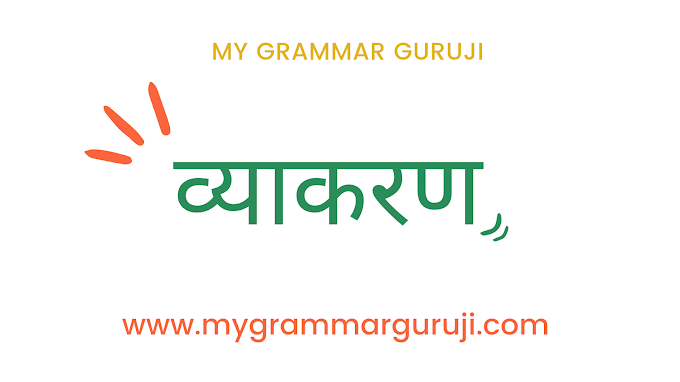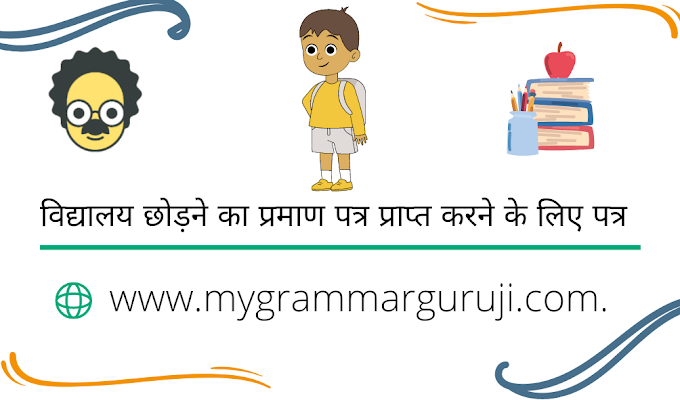Reports can be used in various fields, such as business, science, engineering, and education, and are often required to be submitted for academic, professional, or governmental purposes. They can range from short, informal reports to longer, more complex ones that require extensive research and analysis.
2. Methodology : The methodology section explains the methods used to collect and analyze data.
3. Results : The results section presents the findings of the research, often in the form of tables, charts, or graphs.
4. Discussion : The discussion section interprets the results and draws conclusions based on the data collected.
5. Recommendations : The recommendations section provides suggestions for further action based on the findings.
6. Conclusion : The conclusion summarizes the report and its findings.
Lets see the following elements with An Example :
4. Methodology : The methodology section explains the methods used to gather and analyze data.
5. Results : The results section presents the findings of the research. This may include tables, charts, and graphs to present data in a visually appealing manner.
6. Discussion : The discussion section interprets the results and draws conclusions based on the data collected.
7. Recommendations : The recommendations section provides suggestions for further action based on the findings.
8. Conclusion : The conclusion summarizes the report and its findings.
In summary, report writing is a formal way of presenting information on a particular topic, often required for academic, professional, or governmental purposes. It involves the collection, analysis, and presentation of data and findings in an organized and concise manner.
Here are some points to remember while writing a report writing in CBSE board examination :
1. Follow the format : A report usually follows a standard format that includes an introduction, methodology, results, discussion, recommendations, and conclusion. Make sure to follow this format while writing your report.
2. Use clear and concise language : Your report should be easy to read and understand. Use simple language and avoid jargon and technical terms unless necessary.
3. Provide accurate information : Your report should be based on accurate information and data. Ensure that your sources are credible and reliable.
4. Organize your report : Use headings and subheadings to organize your report and make it easy to follow. Use bullet points and numbered lists to highlight important information.
5. Include visuals : If appropriate, include tables, charts, and graphs to present data in a visually appealing manner.
6. Provide references : If you have used external sources in your report, provide references or citations to acknowledge the sources.
7. Proofread your report : Check your report for spelling and grammatical errors. Ensure that the formatting is consistent throughout the report.
By following these points, you can ensure that your report is well-structured, easy to read, and accurate, which can help you score well in your CBSE board examination.
A typical report includes the following elements :
1. Introduction : The introduction provides an overview of the report, including its purpose and scope.2. Methodology : The methodology section explains the methods used to collect and analyze data.
3. Results : The results section presents the findings of the research, often in the form of tables, charts, or graphs.
4. Discussion : The discussion section interprets the results and draws conclusions based on the data collected.
5. Recommendations : The recommendations section provides suggestions for further action based on the findings.
6. Conclusion : The conclusion summarizes the report and its findings.
Lets see the following elements with An Example :
1. Title Page : The title page includes the title of the report, the name of the author, the date of submission, and any other relevant information. For example:
Title: Analysis of Consumer Behavior in the Cosmetics Industry Author: John Smith Date of Submission: 25th August 2022
2. Table of Contents : The table of contents lists the sections and subsections of the report with their respective page numbers.
3. Introduction : The introduction provides an overview of the report and the problem being addressed. It should also explain the objectives of the report and the methods used to gather information. For example:
Introduction: This report analyzes consumer behavior in the cosmetics industry. The report seeks to understand the factors that influence consumer preferences and purchase decisions in the industry. The report is based on a survey conducted among 500 consumers and interviews with industry experts.
Title: Analysis of Consumer Behavior in the Cosmetics Industry Author: John Smith Date of Submission: 25th August 2022
2. Table of Contents : The table of contents lists the sections and subsections of the report with their respective page numbers.
3. Introduction : The introduction provides an overview of the report and the problem being addressed. It should also explain the objectives of the report and the methods used to gather information. For example:
Introduction: This report analyzes consumer behavior in the cosmetics industry. The report seeks to understand the factors that influence consumer preferences and purchase decisions in the industry. The report is based on a survey conducted among 500 consumers and interviews with industry experts.
4. Methodology : The methodology section explains the methods used to gather and analyze data.
For example: The survey was conducted using a structured questionnaire that was distributed to a random sample of 500 consumers in major cities across the country. The interviews were conducted with five industry experts who were selected based on their experience and expertise in the cosmetics industry.
5. Results : The results section presents the findings of the research. This may include tables, charts, and graphs to present data in a visually appealing manner.
For example :The survey revealed that 60% of consumers prefer natural and organic cosmetics, while 40% prefer synthetic products. In terms of purchase decisions, price was found to be the most important factor for 50% of consumers, while brand loyalty was important for 30%. The interviews with industry experts revealed that the demand for natural and organic products is growing and that companies are investing in research and development to meet this demand.
6. Discussion : The discussion section interprets the results and draws conclusions based on the data collected.
For example : The results suggest that companies in the cosmetics industry need to focus on developing natural and organic products to meet the growing demand. They also need to consider pricing strategies to remain competitive in the market. The findings also suggest that brand loyalty is important in the cosmetics industry and companies should focus on building brand value and trust.
7. Recommendations : The recommendations section provides suggestions for further action based on the findings.
For example : Based on the findings, we recommend that companies invest in research and development to develop natural and organic products. They should also consider competitive pricing strategies to attract price-sensitive consumers. Finally, companies should focus on building brand value and trust to create loyal customers.
8. Conclusion : The conclusion summarizes the report and its findings.
For example: In conclusion, this report has analyzed consumer behavior in the cosmetics industry and identified important trends and factors that influence purchase decisions. Based on the findings, we recommend that companies focus on developing natural and organic products, consider pricing strategies, and build brand value and trust to create loyal customers.
In summary, report writing is a formal way of presenting information on a particular topic, often required for academic, professional, or governmental purposes. It involves the collection, analysis, and presentation of data and findings in an organized and concise manner.
Here are some points to remember while writing a report writing in CBSE board examination :
1. Follow the format : A report usually follows a standard format that includes an introduction, methodology, results, discussion, recommendations, and conclusion. Make sure to follow this format while writing your report.
2. Use clear and concise language : Your report should be easy to read and understand. Use simple language and avoid jargon and technical terms unless necessary.
3. Provide accurate information : Your report should be based on accurate information and data. Ensure that your sources are credible and reliable.
4. Organize your report : Use headings and subheadings to organize your report and make it easy to follow. Use bullet points and numbered lists to highlight important information.
5. Include visuals : If appropriate, include tables, charts, and graphs to present data in a visually appealing manner.
6. Provide references : If you have used external sources in your report, provide references or citations to acknowledge the sources.
7. Proofread your report : Check your report for spelling and grammatical errors. Ensure that the formatting is consistent throughout the report.
By following these points, you can ensure that your report is well-structured, easy to read, and accurate, which can help you score well in your CBSE board examination.







No comments:
Post a Comment
Thank you! Your comment will prove very useful for us because we shall get to know what you have learned and what you want to learn?